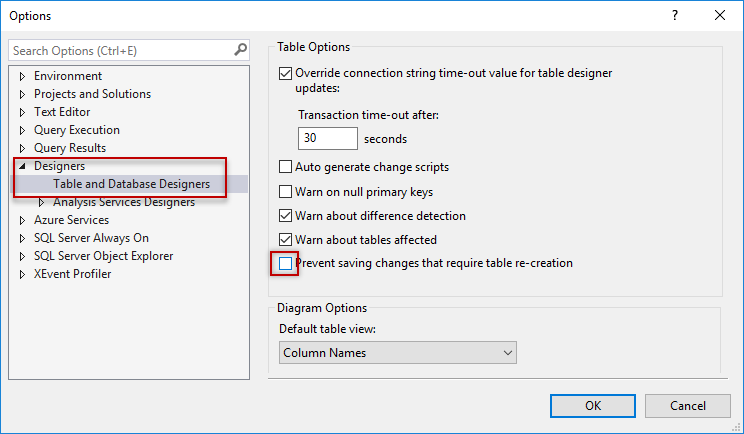

Plan on presenting to your end-users may seem like a good idea, but it would result Using a varchar(n) column to store your data in the format you You need to store fractional seconds, datetime is never the option for storing date/time-relatedĭata. Is not the best option for efficiently storing that specific data? Unless Isn't it interesting that the most commonly-used date/time data type, datetime, The perceived expected output format (YYYY-MM-DD, MM/DD/YYYY, etc.) Store the value as a varchar(n) with the data stored in a format that meets.Store the values in a smalldatetime-typed column, assuming a 1 byte storage.Store the values in a datetime-typed column and take a 5 byte storage penalty.Three options for storing your date-only information: In previous versions of SQL Server, you had The answer is definitely "yes"Īnd definitely "Date data type". That prompted this tip: does SQL 2008 afford you any better storage options forĭate-only data value storage and retrieval. At this point I want to touch upon the question Storage requirements are onlyģ bytes for the date data type. When compared to a standard datetime column. Doing so also reduces database storage requirements significantly The date data type presents itself in simple YYYY-MM-DD format and should betterįit the needs of most development scenarios than the current process of translatingįunction. The release of SQL Server 2008, specifically two of the four new date and/or timeĭata types finally segregate that information.
#Convert string to date in sql server 2008 example iso
Microsoft embraced ISO compliancy in regards to storing date and time data with New Data Types Supported in Microsoft SQL Server 2008 Of storage I mentioned for a total of 8 bytes. The datetime data type, the most-commonly used of the date-oriented types, is formattedĪs YYYY-MM-DD HH:MM:SS and requires those additional 4 bytes The smalldatetimeĭata type is presented as YYYY-MM-DD HH:MM:SS and requires 4 bytes of storage. That price is an additional 4 bytes of storage. The inclusion of fractional seconds comes at a price for the datetime data type Both data types are presented in 24-hour format. The datetime data type presentsįractional seconds to the precision of three, whereas smalldatetime will round up Their behavior in respect to fractional seconds. The datetime and smalldatetime data types are identical with the exception of This SELECT query will provide us with a glimpse of those two columns. Still supported in SQL Server 2008: datetime and smalldatetime. Recognize from SQL Server 2005 and earlier versions. The first two columns in this table correspond to existing data types that you'll Representative of the GETDATE() function's results in our comparisons. Therefore for this tip I'll be using the col_datetime column as the The GETDATE()įunction returns the value for the current system date and time as a datetime data Same results when using earlier versions of Microsoft SQL Server. Storage requirements, and review (if applicable) what is necessary to provide the To examine their associated default formatting. VALUES (GETDATE(), GETDATE(), GETDATE(), GETDATE(), GETDATE(), GETDATE())Īfter running this INSERT statement I'll go through the columns individually INSERT INTO dbo.TempusFugit (col_datetime, col_smalldatetime, col_date, col_datetime2, col_datetimeoffset, col_time)


 0 kommentar(er)
0 kommentar(er)
